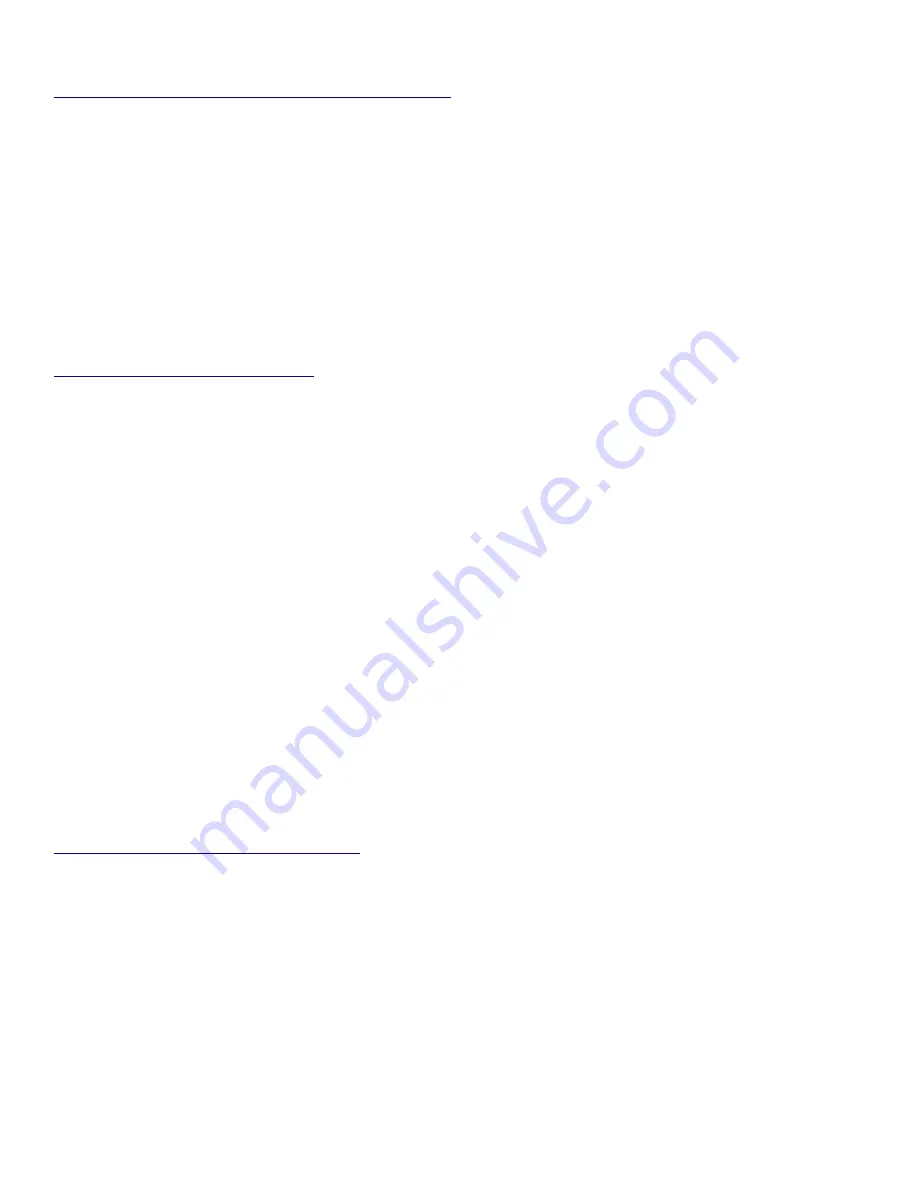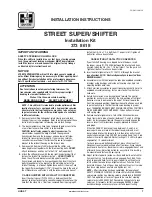
40
CODE OF FEDERAL REGULATIONS #49 states
In addition to the requirements of this paragraph, cylinders marked DOT-3HT must be requalified in
accordance with CGA pamphlet C-8 and must comply with the following:
Cylinders built prior to implementation of FMVSS 304 must be subjected, at least once in three years, to a
test by hydrostatic pressure in a water jacket, for the determination of the expansion of the cylinder. A cylin-
der must be condemned if the elastic expansion exceeds the marked rejection elastic expansion.
Cylinder service life must not exceed 15 years.
Each cylinder must be reinspected and hydrostatically retested every three years in accordance with 49
CFR 173.34(e) as prescribed for DOT-8HT cylinders, except that the rejection elastic expansion criteria does
not apply, permanent volumetric expansion must not exceed 5 percent of total volumetric expansion at test
pressure and retest dates must be imbedded in the epoxy coatings in a permanent manner other than stamp-
ing. Retest dates may be steel stamped on the shoulder of the top head in accordance with 178.BB-15(c).
Reheat treatment or repair of cylinders not authorized.
FUEL SYSTEM DESCRIPTION
The fuel system begins with DOT certified tanks to hold compressed natural gas (CNG) up to 3600 psi,
corrected to standard day temperature. The tanks are high strength aluminum wrapped with fiberglass for
further strength.
The fuel exits the tank in route to the engine through manually controlled shutoff valves. These include
an integral pressure relief valve consisting of a combination rupture disk (for pressure) and fuse plug (for
temperature) to vent the contents of the tank should high pressure and high temperature occur, such as in a
fire. The rated pressure and temperature for relief is 212 degrees Fahrenheit.
From the valve fuel flows into a common fuel line through high pressure stainless steel compression
fittings. The tanks are joined to the common line through high pressure stainless steel tee's and crosses. Any
open tank thus communicates to any other open tank. So for fueling, the fuel is back-fed through the com-
mon line to all tanks (with open valves) simultaneously. The tank shutoff valves only isolate the interior of
the tanks: The tee's on the valves still have the high line pressure.
Do not uncouple fittings until all tanks are closed and pressure has been purged from the line.
The lines are high pressure rated 3/8 stainless steel seamless tubing which carries the fuel to the high
pressure regulator.
In refilling, the fuel enters the fill valve on the entrance side of the bus and then flows through a check
valve into the common tubing before reaching the tanks.
From the high pressure regulator, the fuel flows to the shutoff solenoid. The shutoff solenoid is activated
by the ignition switch, engine operation, and the fire suppression system. The loss of any of these will shut
off fuel supply to the low pressure regulator (LPR).
The dashboard fuel gauge is proportional to the pressure when corrected to 70 degrees Fahrenheit.
NOTE:
Fuel level is only accurate for the tanks that are open.
SAFETY CAUTIONS & WARNINGS
Both gasoline and CNG are volatile flammable fuels that are safe to work around when necessary precau-
tions are taken. As on a gasoline fueled system, carelessness with CNG can lead to a fire or explosion when a
leak occurs. CNG will not pool and spread like gasoline. It has a narrower range of flammability than
gasoline as well as a higher ignition temperature. Despite these relative safety advantages, fire potential does
exist. CNG is lighter than air, therefore, it can collect in the higher regions of a room and possibly go undetec-
ted, creating fire potential.
Since the fuel system is a very high pressure system employing a flammable gas, all safety issues nor-
mally considered in these situations should be applied. Some of the more obvious precautions are listed
below. This list is not necessarily intended to be complete, and responsibility for assuring full safety is that of
the person(s) doing the work or operating the system.















































